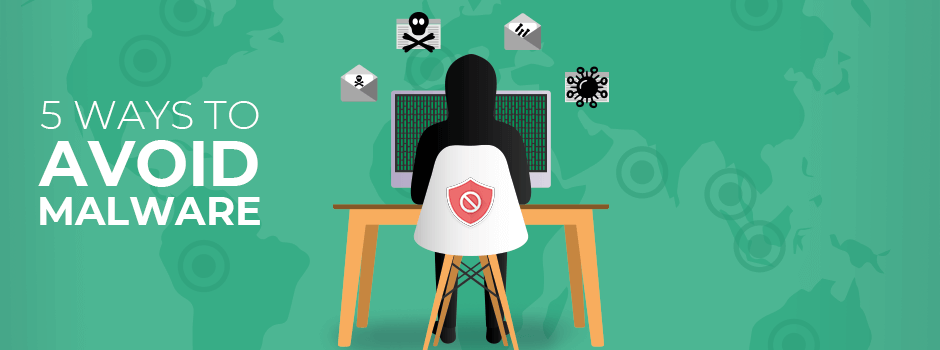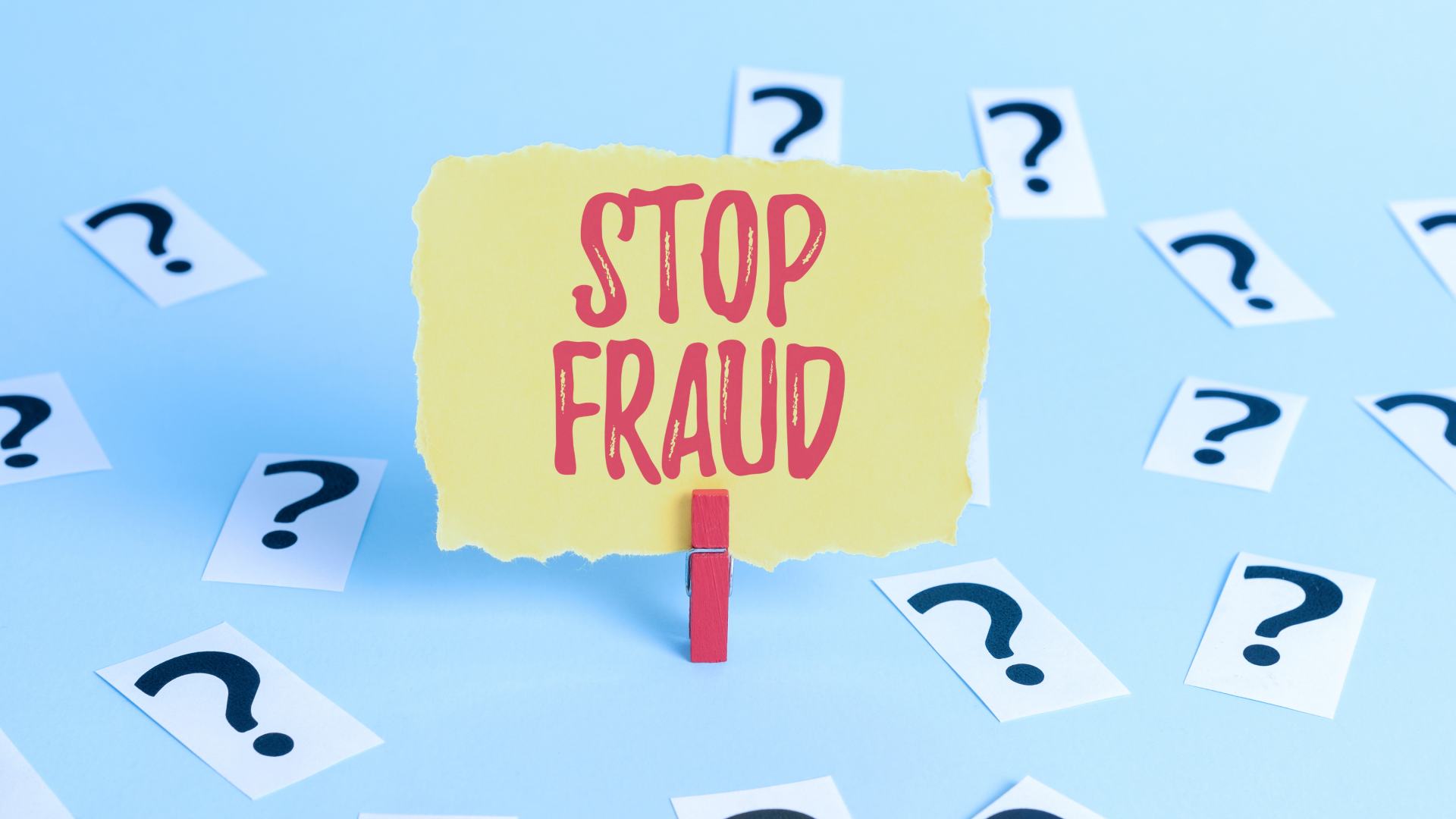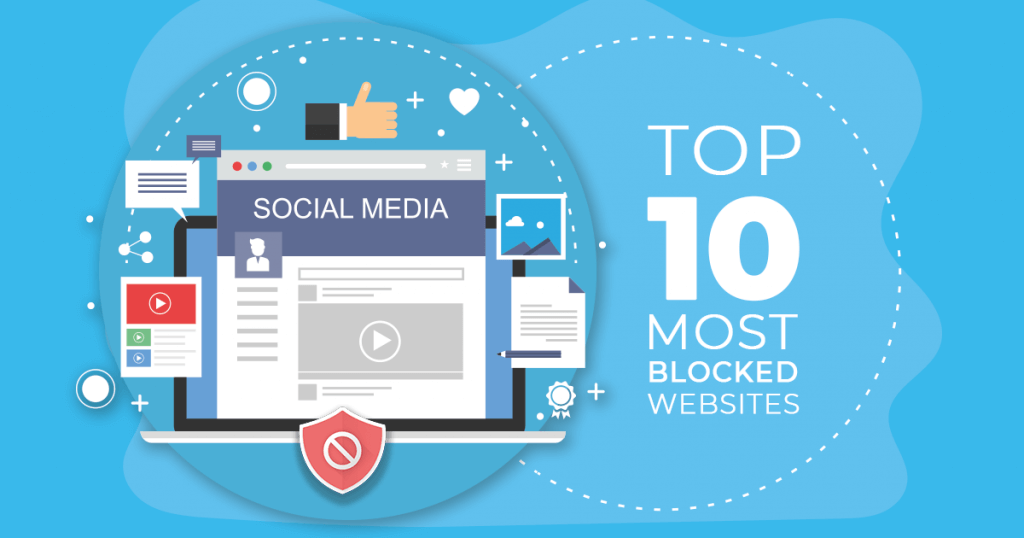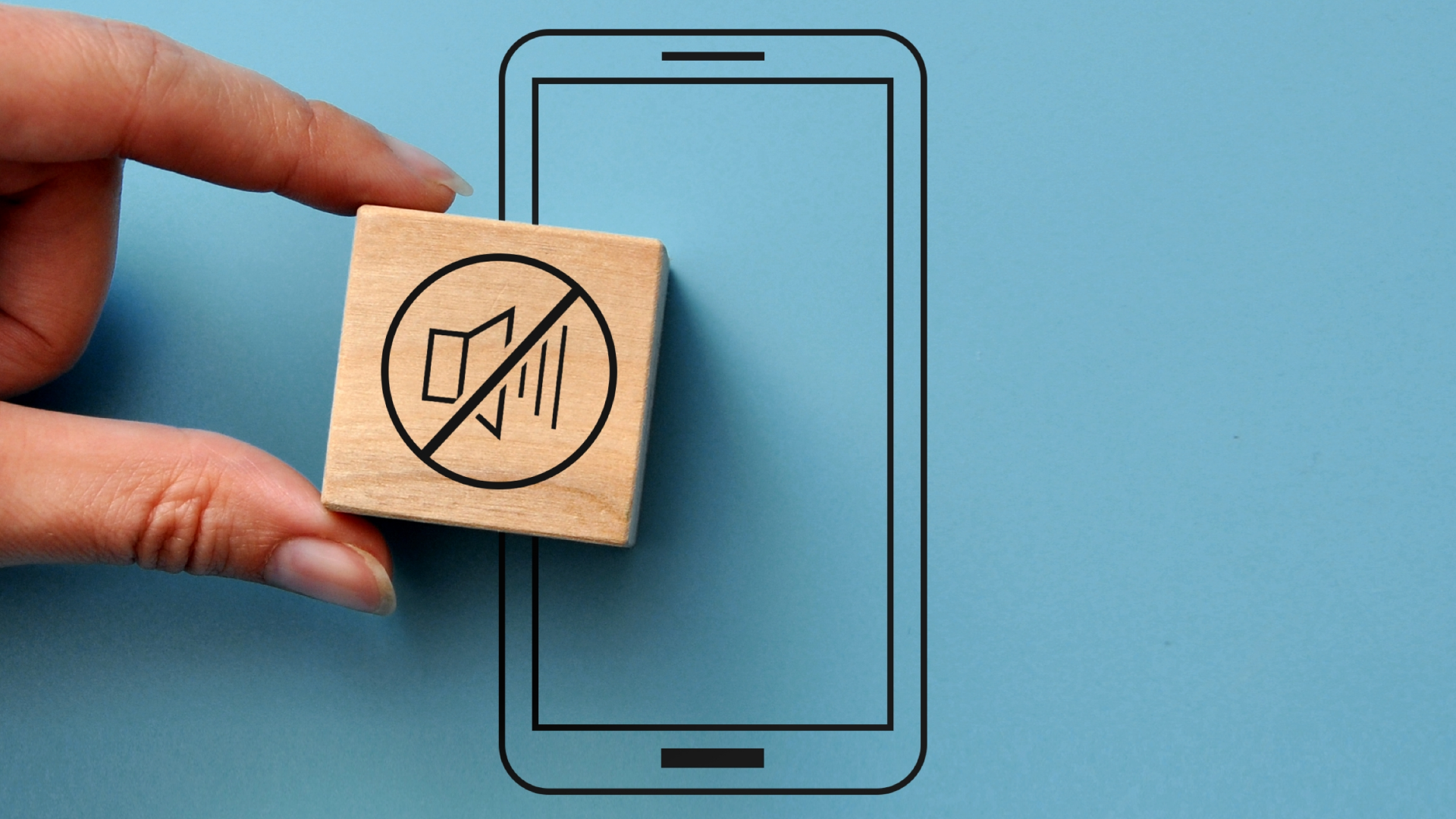Phishing
Be sure you look closely at a URL from any email for special characters and numbers. In many cases, what looks like a message or URL from your bank, for example, may not actually be from them. If your financial institution, or a site that you have an account with, sends you a ‘password reset’ email, log in to the bank directly instead of clicking on the link in the email. We have seen phishing become increasingly sophisticated, so this extra step is important to ensure password protection.
Keep it Current
Whether you work on Windows, Mac OS X, Linux, or any other OS, keep it up to date at all times. OS developers are always issuing security patches that fix and plug security leaks. These patches will help to keep your system secure. Similarly, keep your antivirus software up to date. Viruses and malware are created all the time. Your scanning software is only as good as its database so it too must be updated as much as possible.

Password Protected
Make sure you are protected online with your password choices and only browse from protected pages. Never use the same password twice, especially on private information such as your bank account. Typically, we tend to use the same email address or username for all of our accounts. Those are easy to see and steal. If you use the same password for everything, or on many things, and it is discovered, then it takes only seconds to hack your account. Use a strong password. Use lower case, upper case, numbers, and symbols in your password and keep it easy to remember but difficult to guess. Secure
Network Secure
When you’re working from your local coffee shop, library, or even at the airport try and avoid using the ‘free’ open (no password, no encryption) WiFi that is often readily available. Think about it logically, if you can access this network with no issues – what could a trained malicious individual do? Remember, you need to take all devices into account here. Any unprotected machine is a weakness to the whole network. Try configuring a firewall to limit outside access, and take all devices into account. Any unprotected machine is a weakness for the whole network.
To add fuel to fire, in the first half of 2018 it was reported that there had been a total of 5.99 billion malware attacks. That’s more than a 100% increase from the same period in 2017. Make sure you reduce your risk and help stop attacks by taking the necessary prevention methods on your devices before they can execute a spread. This will inevitably make your work life and personal use on mobile and desktop devices a lot safer.






